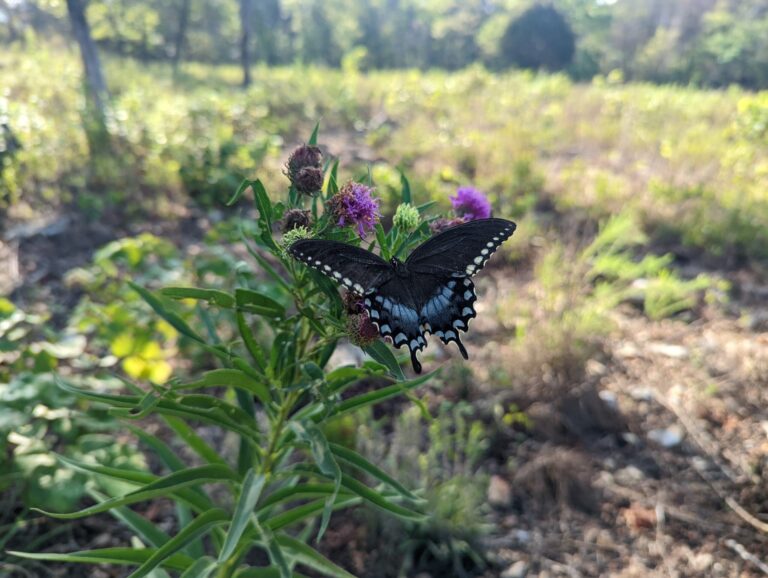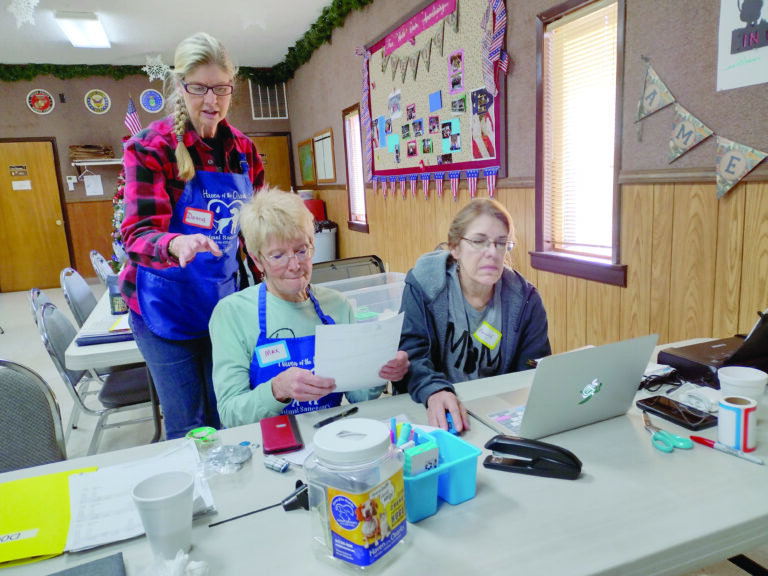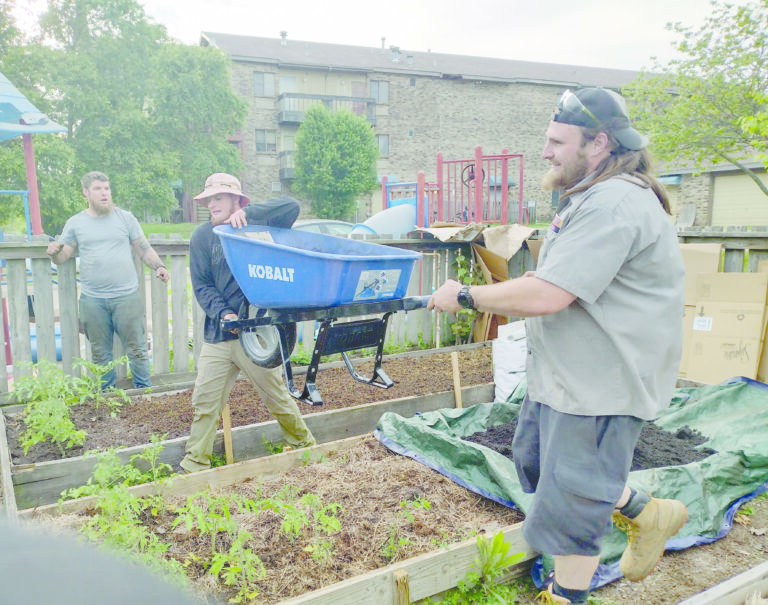TROUT TIMES: Ecol for all

Roaring River ecologist describes duties, current projects
By Kyle Troutman ktroutman@cassville-democrat.com
What does it take to manage 4,294 acres of land?
As Roaring River State Park’s natural resource ecologist, that is the question Taylor Steinfeldt, 27, is tasked with answering every day.
Of the 2 million people visiting the park a year, some may spend more time in the campgrounds, others on trails and almost all by the river. While those areas may get the most human interaction, they make up a small portion of a park filled with diverse vegetation and wildlife, which require some assistance to preserve.




Steinfeldt, an Iowa native who has worked across the midwest and did stints in Ireland and South Africa for graduate school, said his main job at Roaring River is habitat and glade restoration, but the life of an ecologist contains much more.
“My main jobs are habitat and glade restorations, and after that, I work on invasive and nuisance species, like hogs, buzzards, garlic mustard and Johnson grass,” he said. “I also complete botanical surveys and pollinator surveys, and I’m currently working on a deer survey.”
Glades, Steinfeldt said, are rocky prairies on hillsides in the park, typically facing south because of the duration of sunlight. They have less trees than the forest and more grass, making the glades home to snakes, lizards, pollinators and even turkey and deer.
“While back, a lot of cedar trees were cut down but left out there, and cedar does not rot,” Steinfeldt said. “We have a project coming up, and AmeriCorps is coming to help, where we are cleaning out the cedar so the grass can grow back in. Then, we can use prescribed burns to keep them clean.”
Completing prescribed burns is a major part of habitat restoration, allowing the land to refresh itself over time.
Currently, the public has access to two glades, one on the southwest end of the park called Chute Ridge, which faces Highway 76, and another near Firetower Trail called Glade No. 7.
Steinfeldt has plans for that to change in the future.
“We have a side project right now with Firetower Trail to show the glades more,” he said. “We’re looking at moving the southern part and changing the route to where it stops by eight glades instead of just the two.”
Another project of Steinfeldt’s is occurring in Campground 3, a pollinator area he hopes will be filled with wildflowers in coming years.
“It’s a 2.5-acre pollinator area, and I’ve retrieved native seeds from across the park and am getting ready to plant them,” he said. “In a couple years, that area will be full of wildflowers.”
Steinfeldt said in his position, his unique background with travel helps, especially overseas.
“The biggest benefit is seeing new places and picking up ID skills because each area is different,” he said. “In the midwest, I was studying a lot of birds and reptiles, but in Europe and South Africa, there’s less of that, so I focused on the more botanical side. It’s exciting to learn how all kinds of things interact with each other.”
Though his job requires an intense amount of fieldwork away from the public’s eye, Steinfeldt, an employee since 2021, will have more facetime with park visitors going forward.
“That’s a big benefit of me being here in the Nature Center,” he said. “When I was at the Park Office, I would be in there or in the field, and no one knew. Now, people can see how habitats are changing and have myself and Anna [Skalicky, naturalist/resource interpreter], to answer questions and collect information.”
For more information on ecology at Roaring River, people may reach Steinfeldt at the Nature Center at 417-847-3742.




